Popular posts
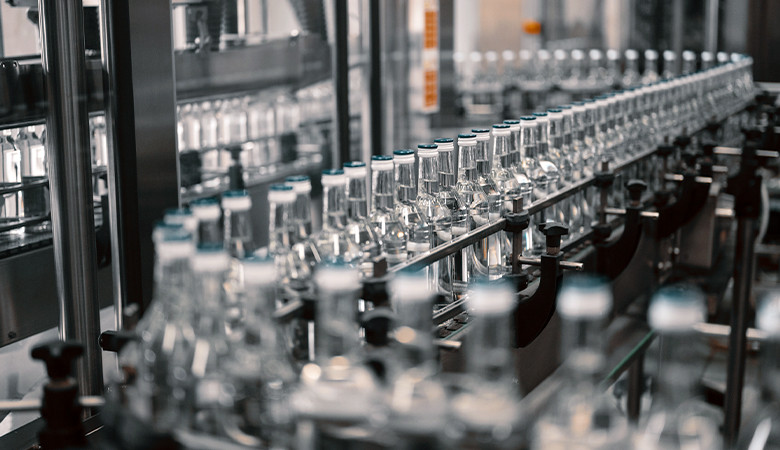
Industrial washing / Articles
Mean Time Between Failures: what it reveals about the reliability of your equipment
Discover how Mean Time Between Failures (MTBF) reveals hidden reliability issues and improves uptime in industrial operations.
2025-12-10

Industrial washing / Articles
Opex: what is it, why it matters, and how to measure it
Opex is an essential KPI for any investment decision. This is what it means, how to calculate it and how to use it.
2025-11-13

Industrial washing / Articles
Capex: what is it and how to choose between buying or renting
Discover practical ways Capex keeps operations reliable and efficient, and make sure your investments count.
2025-11-21
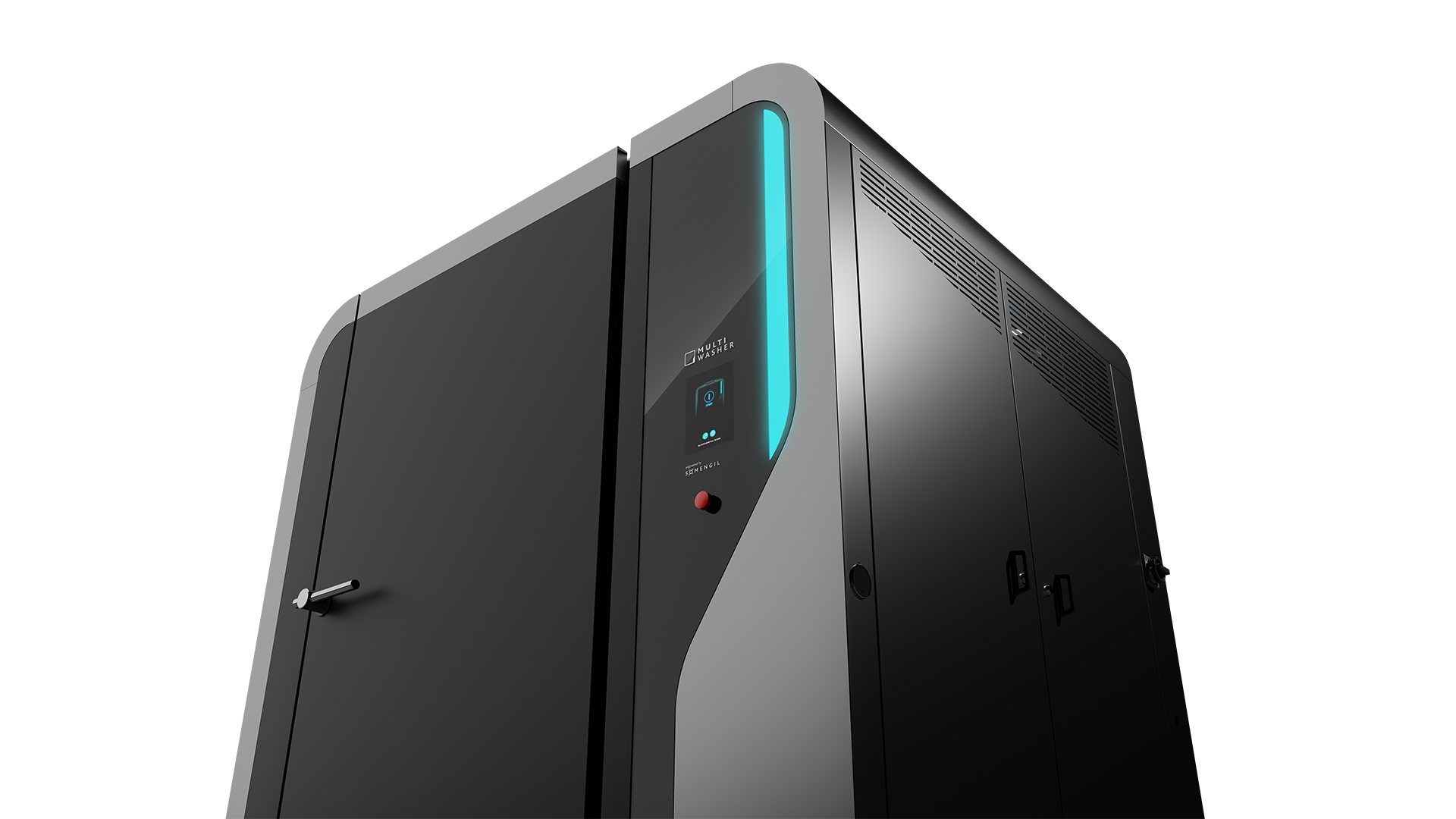
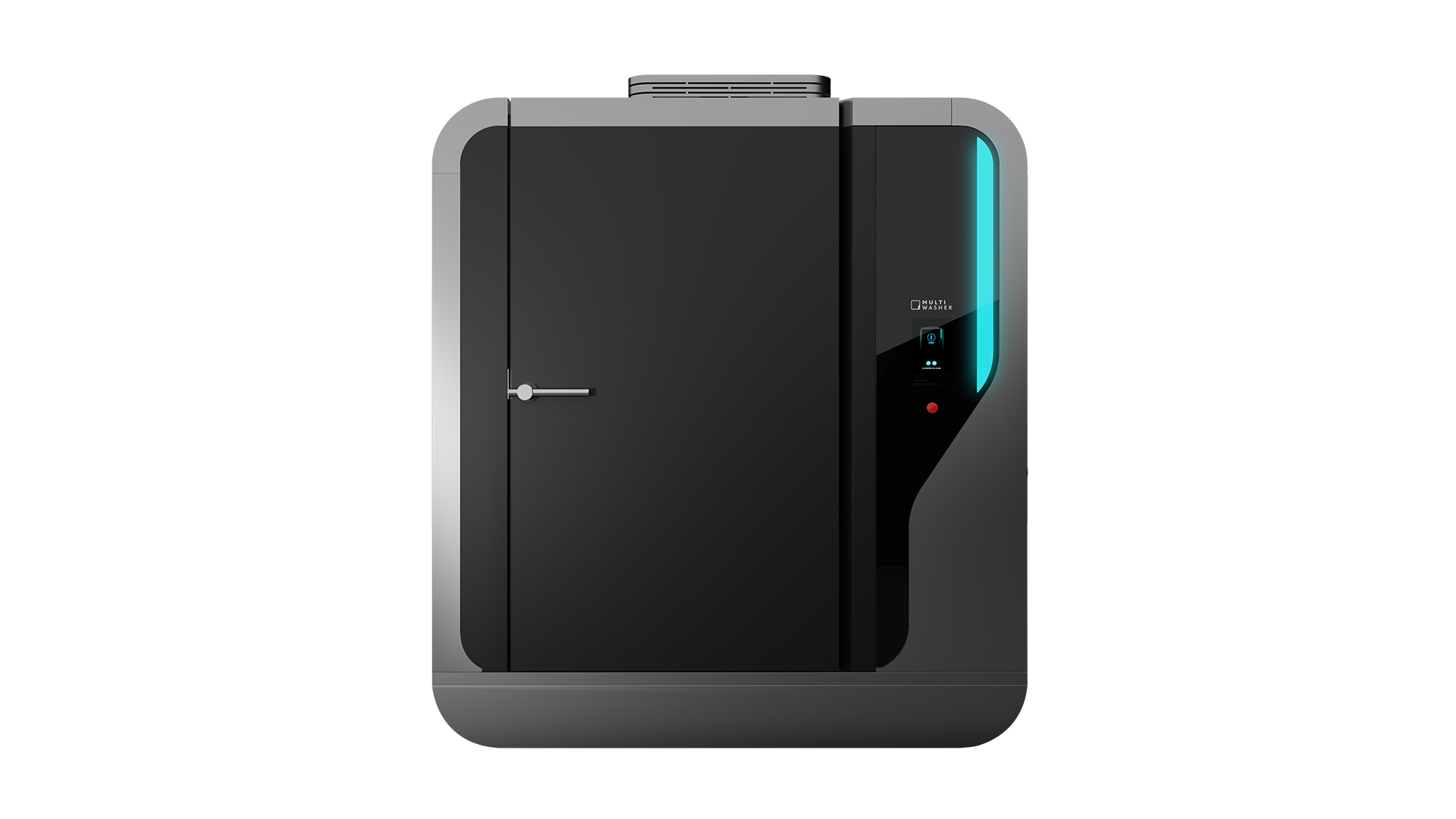
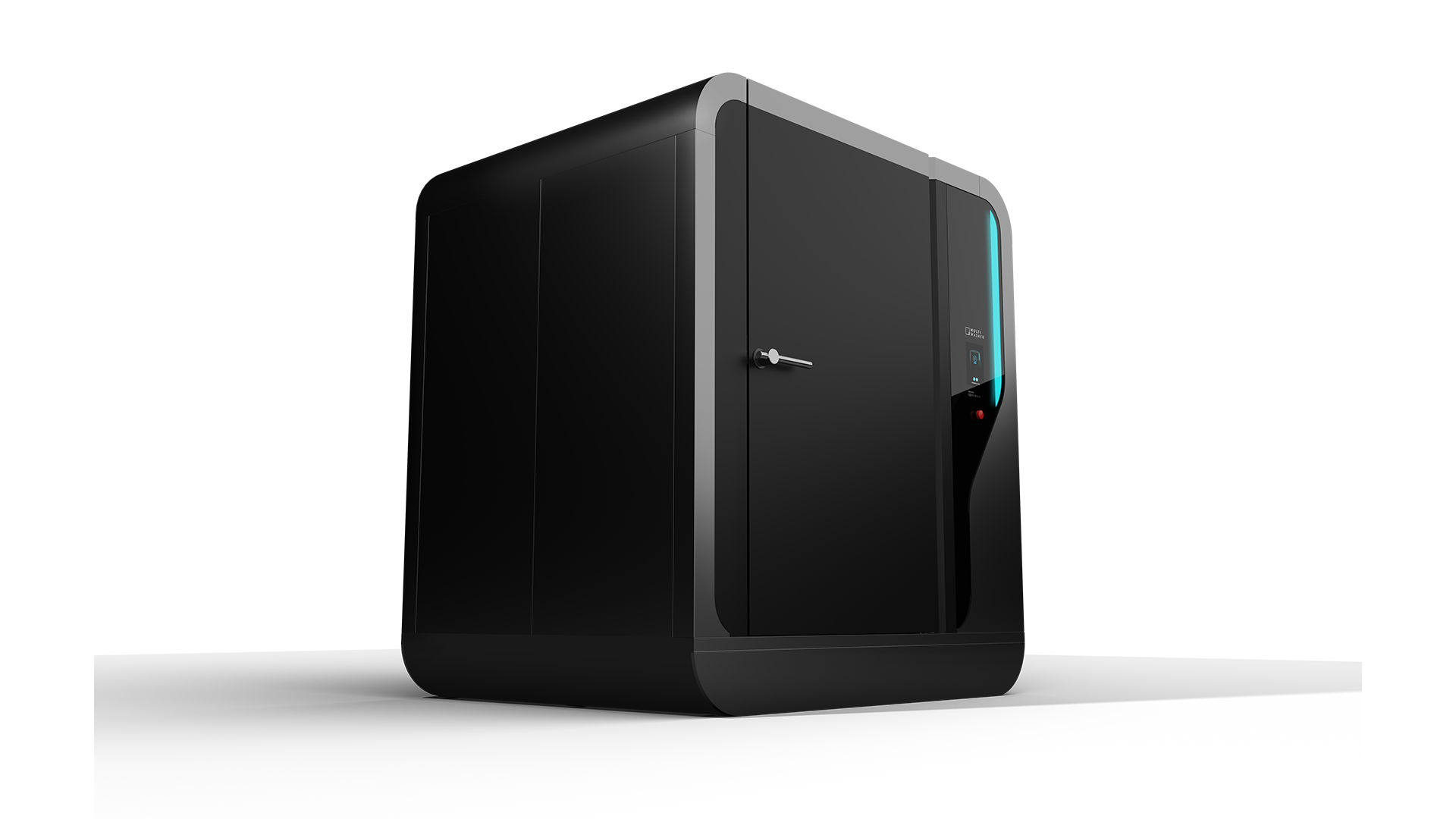
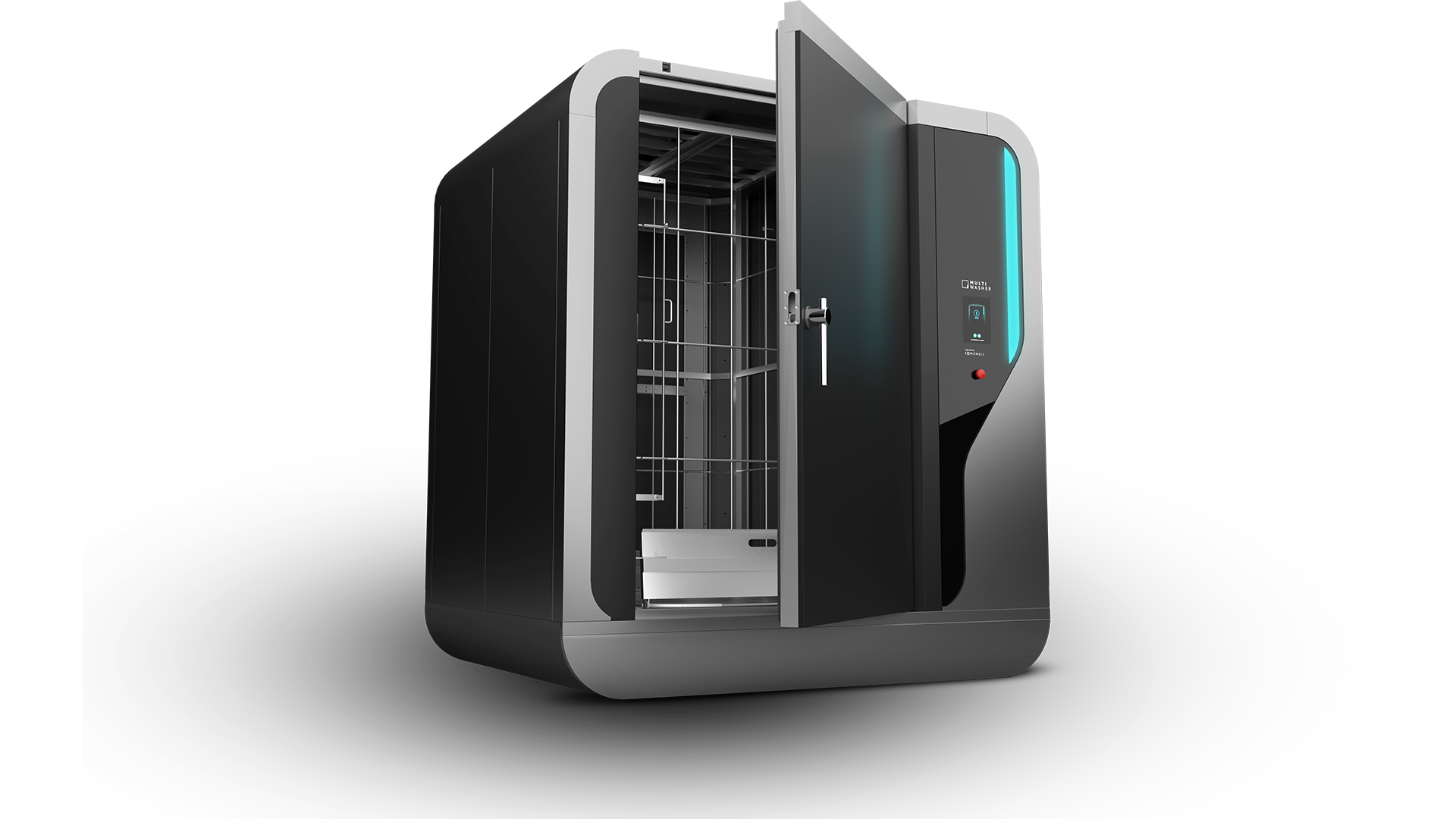
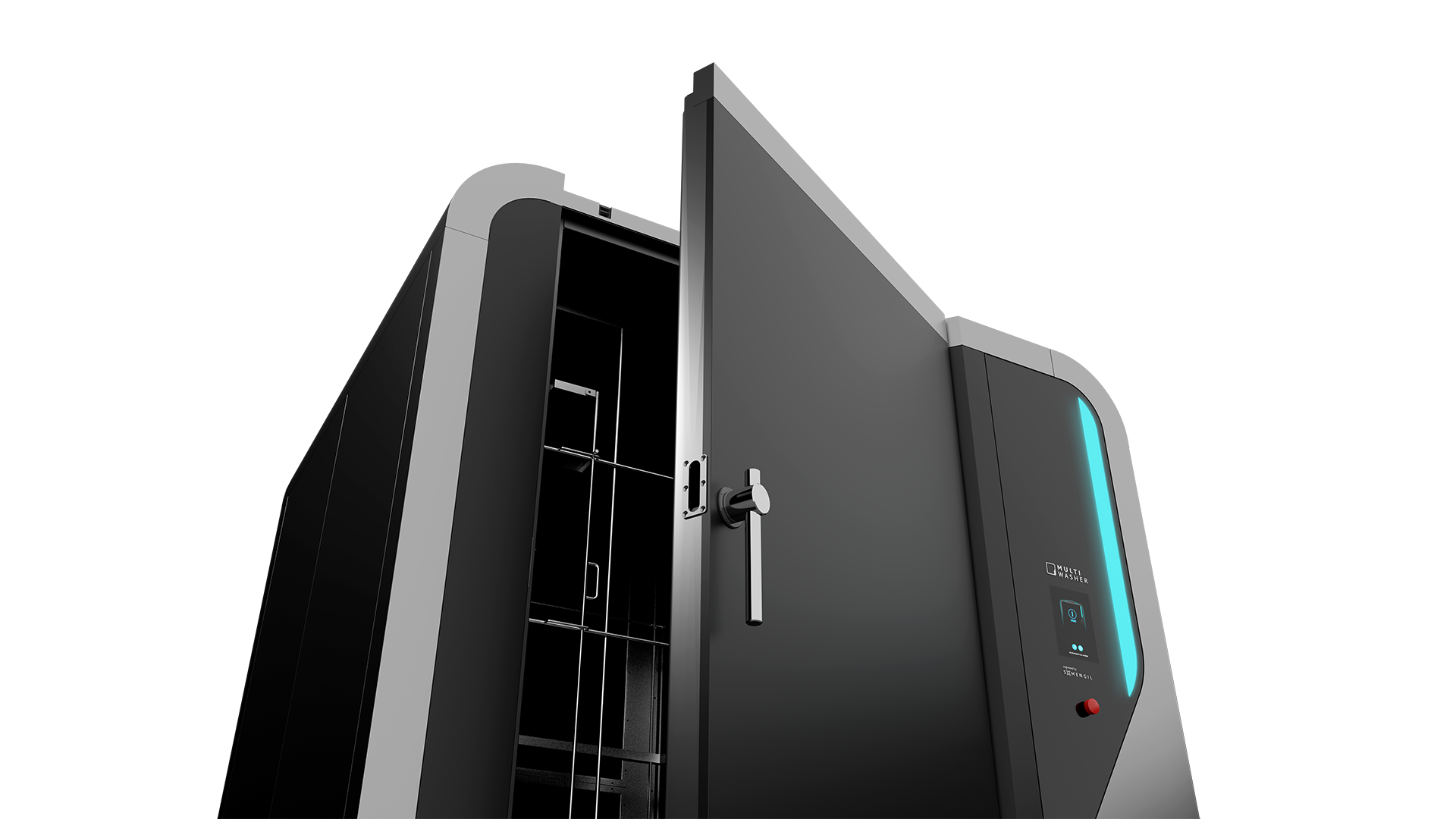
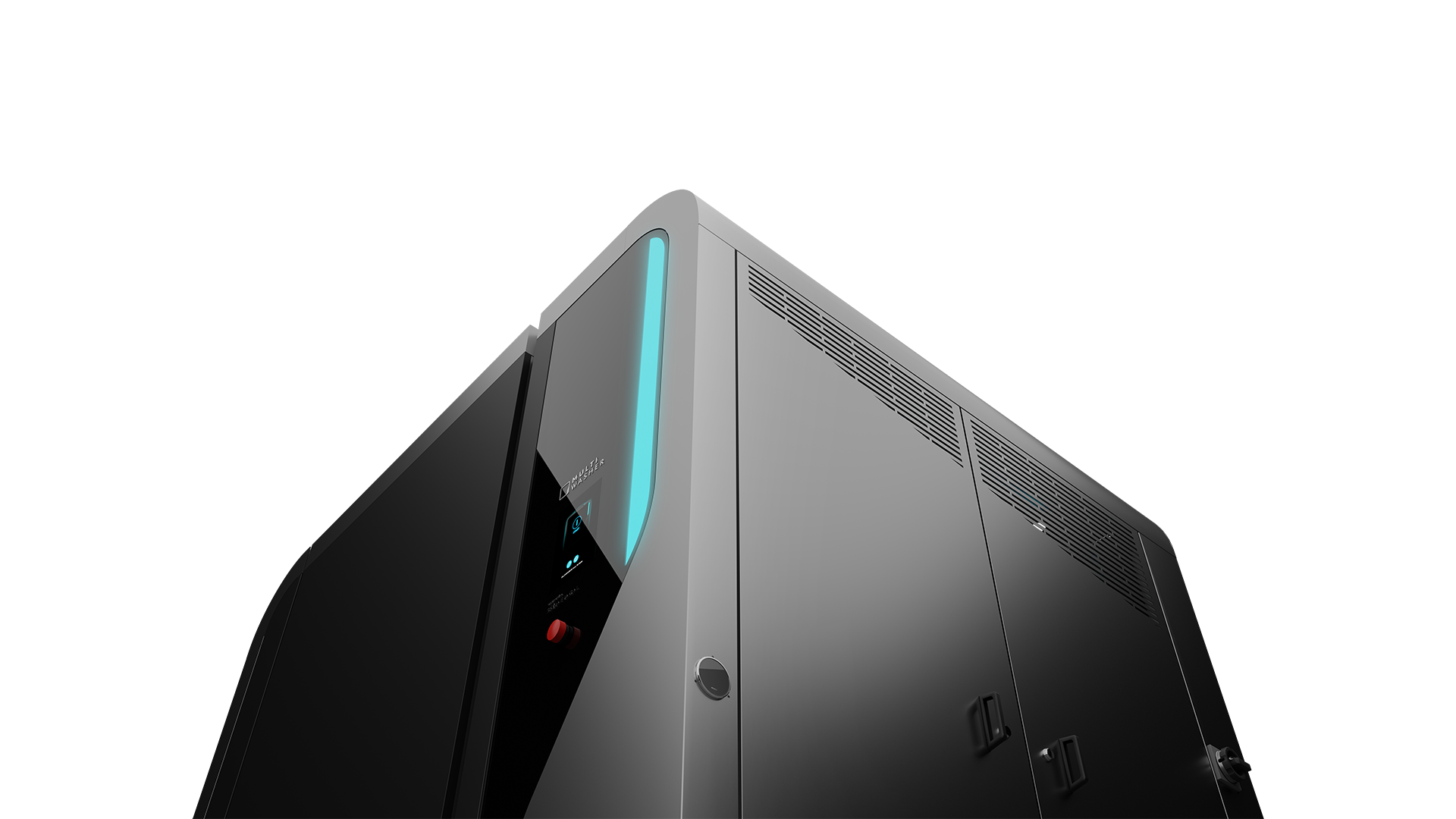

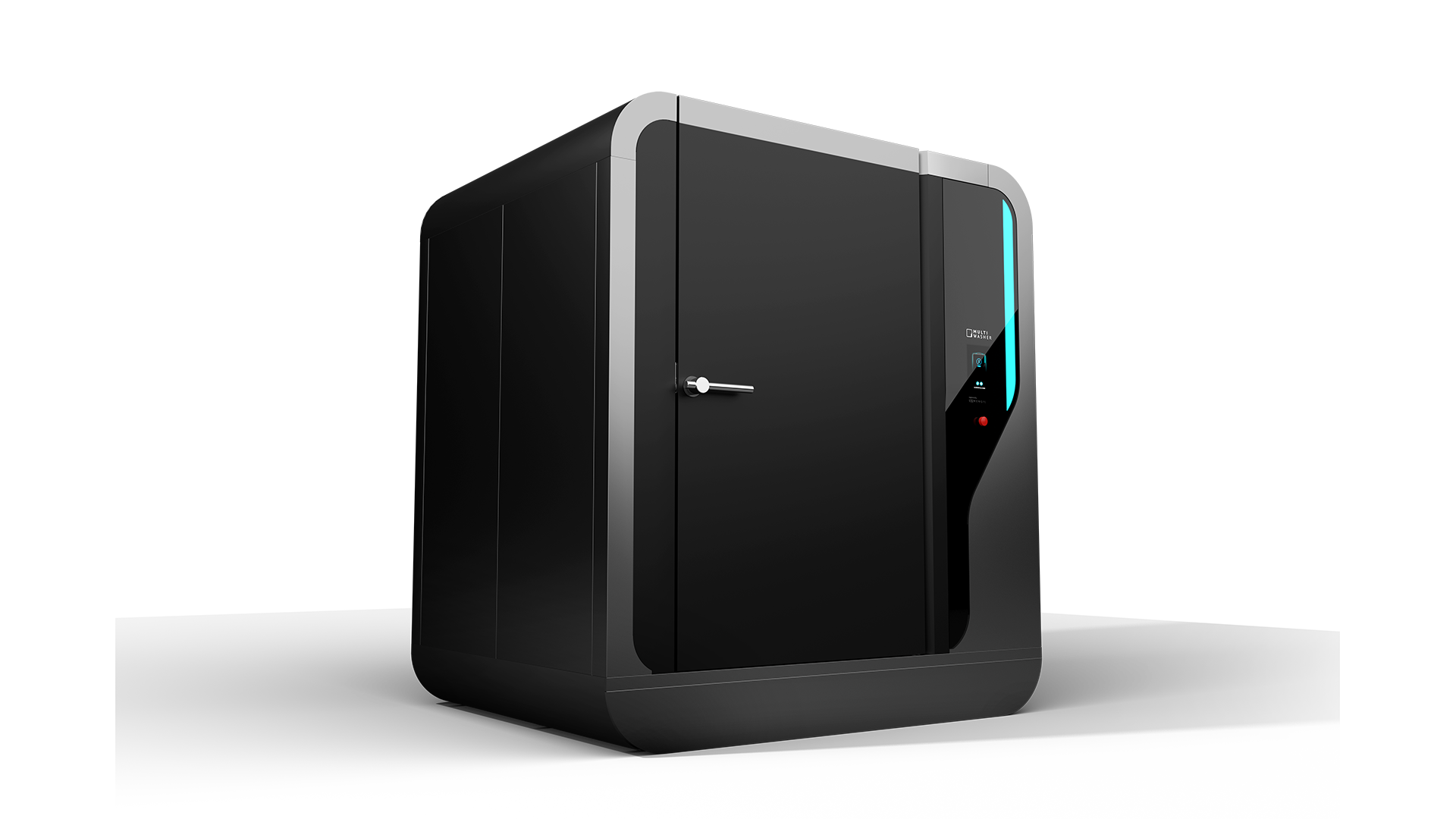
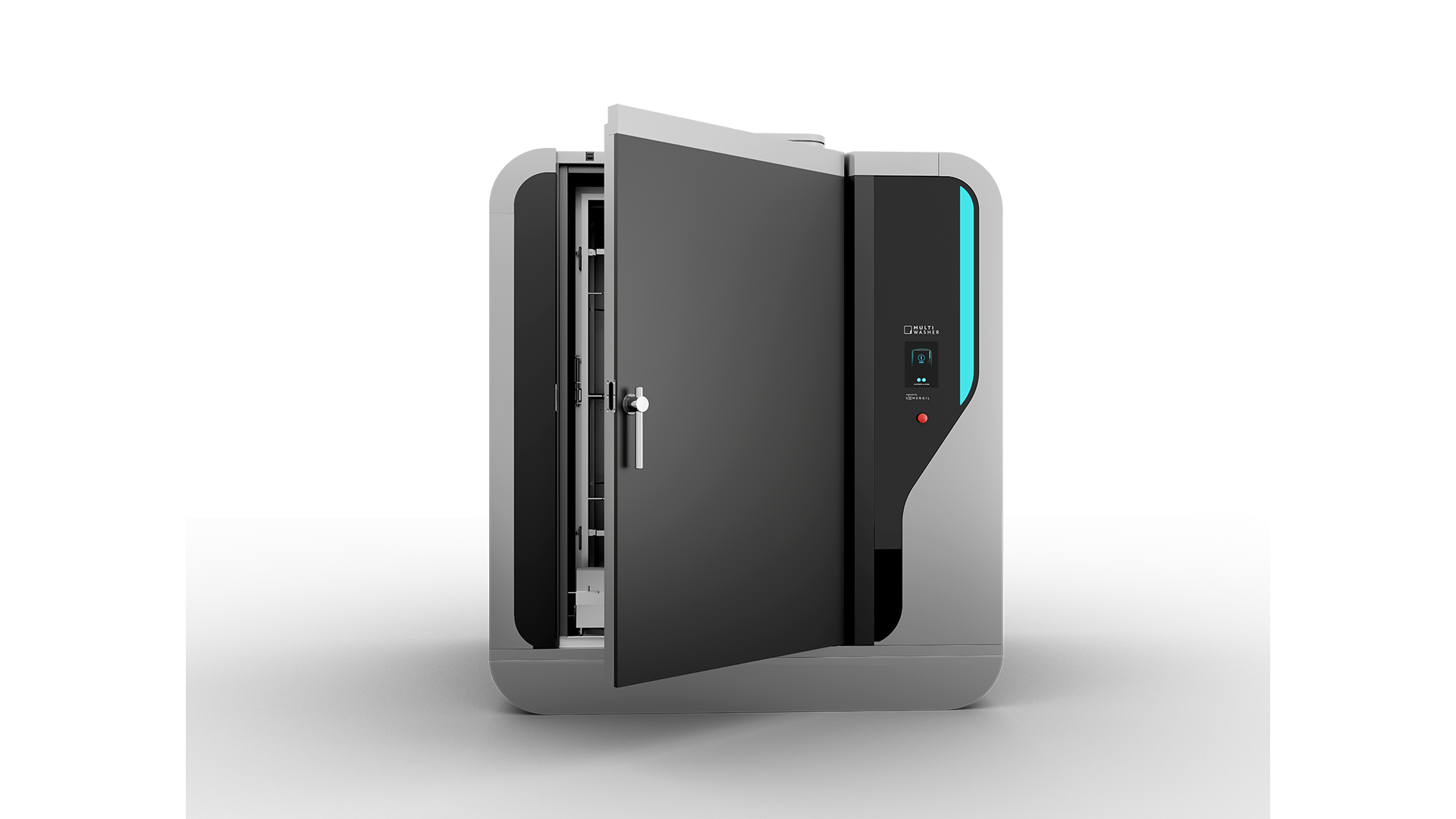
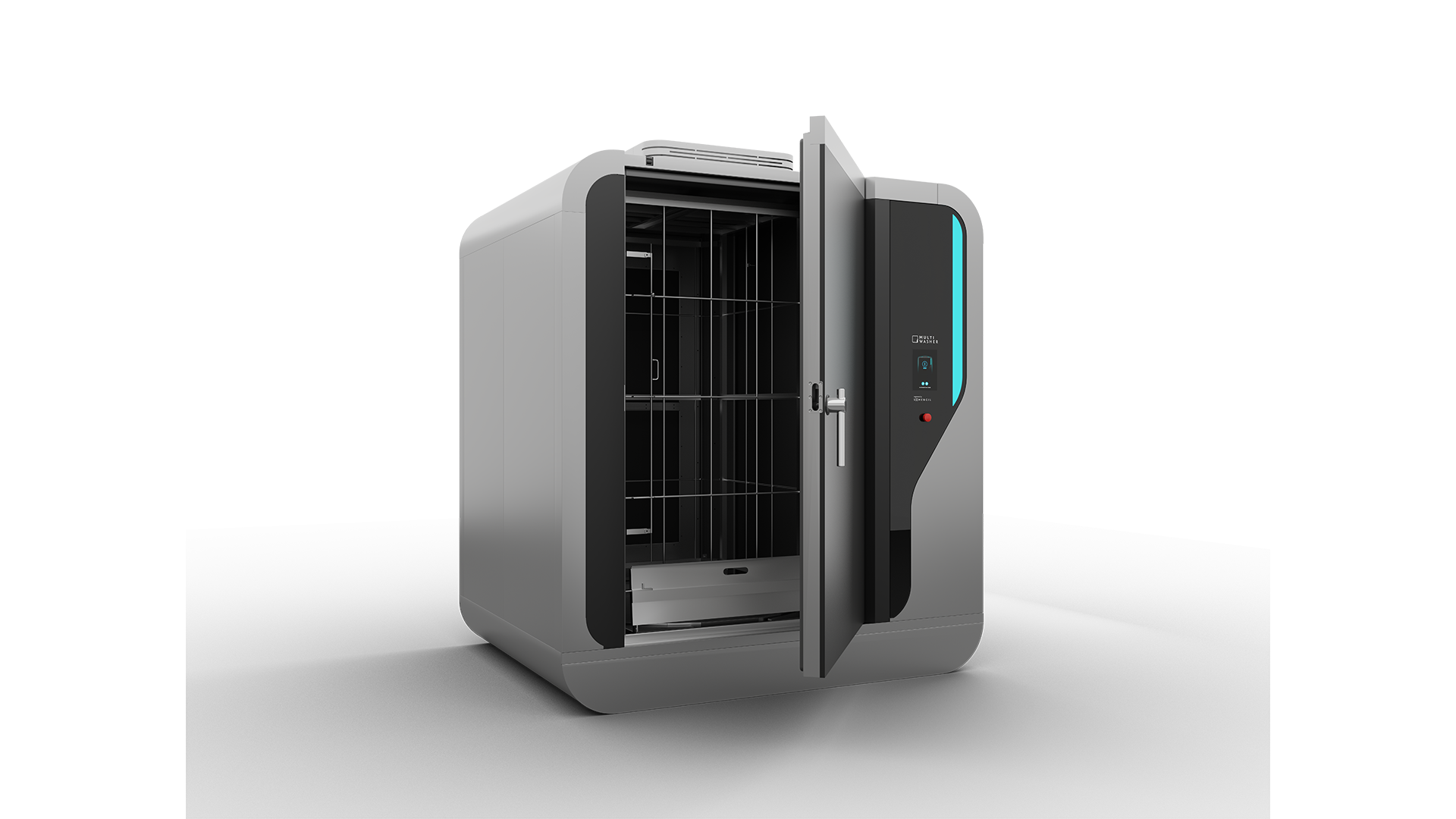
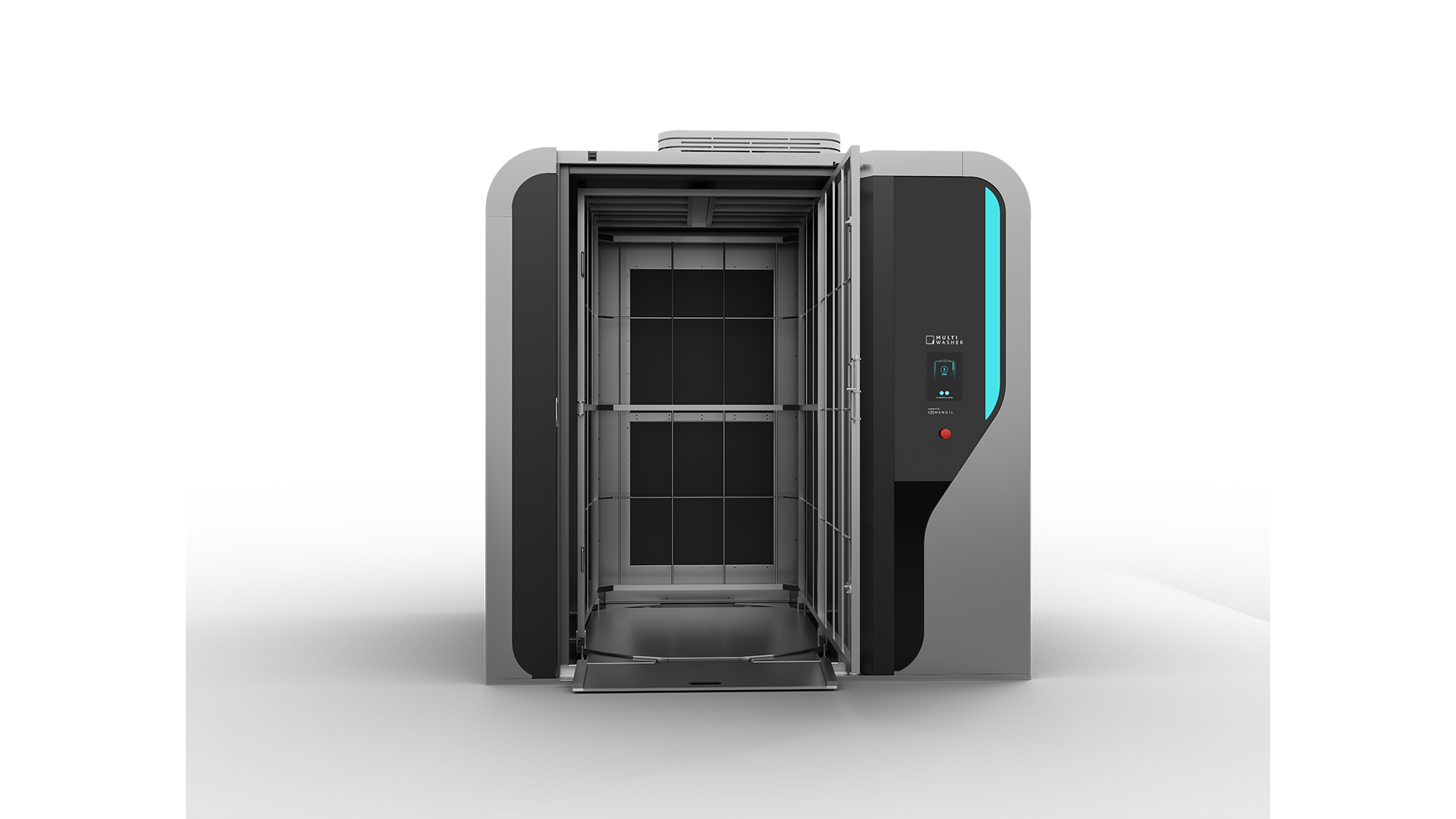
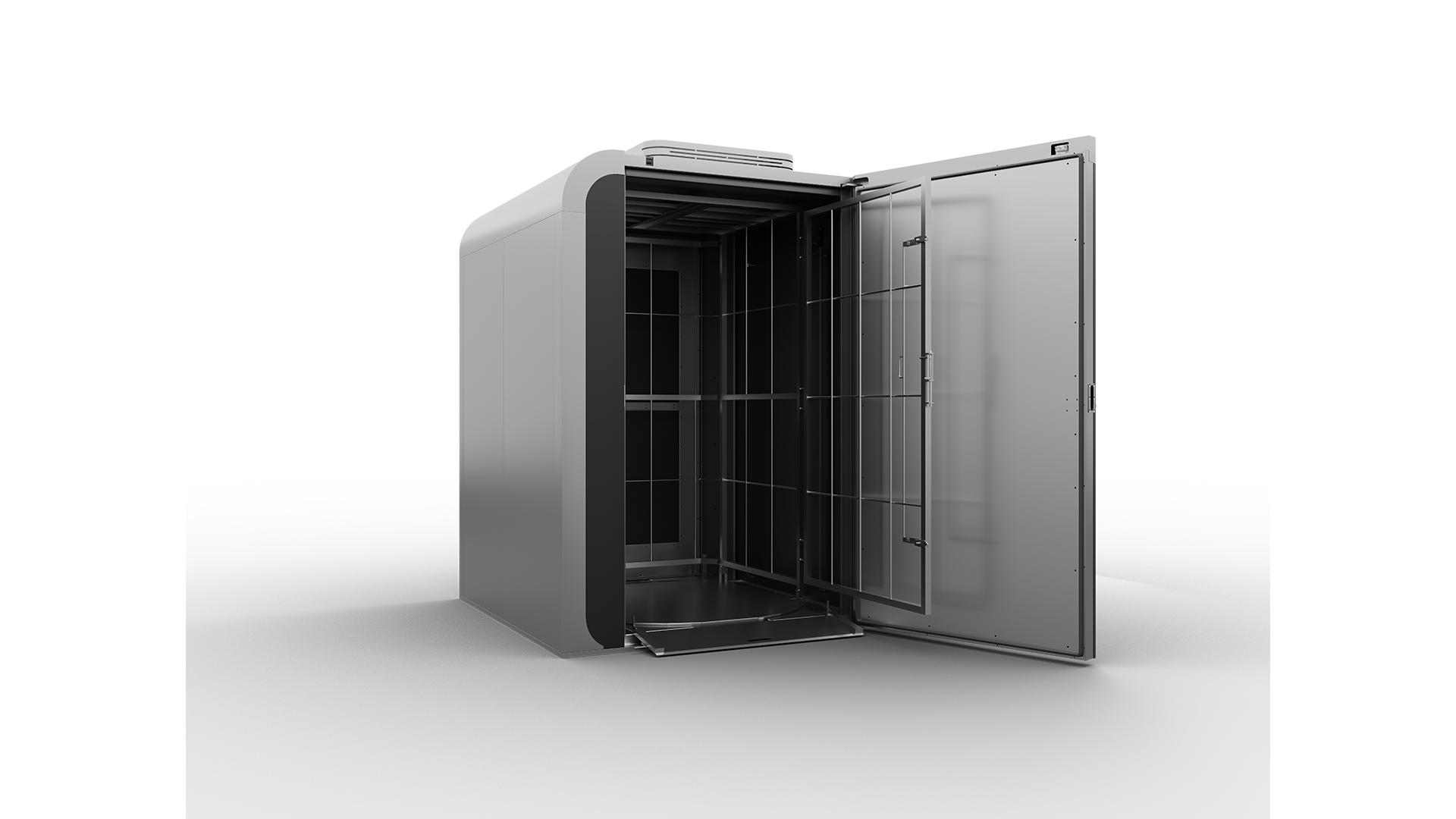
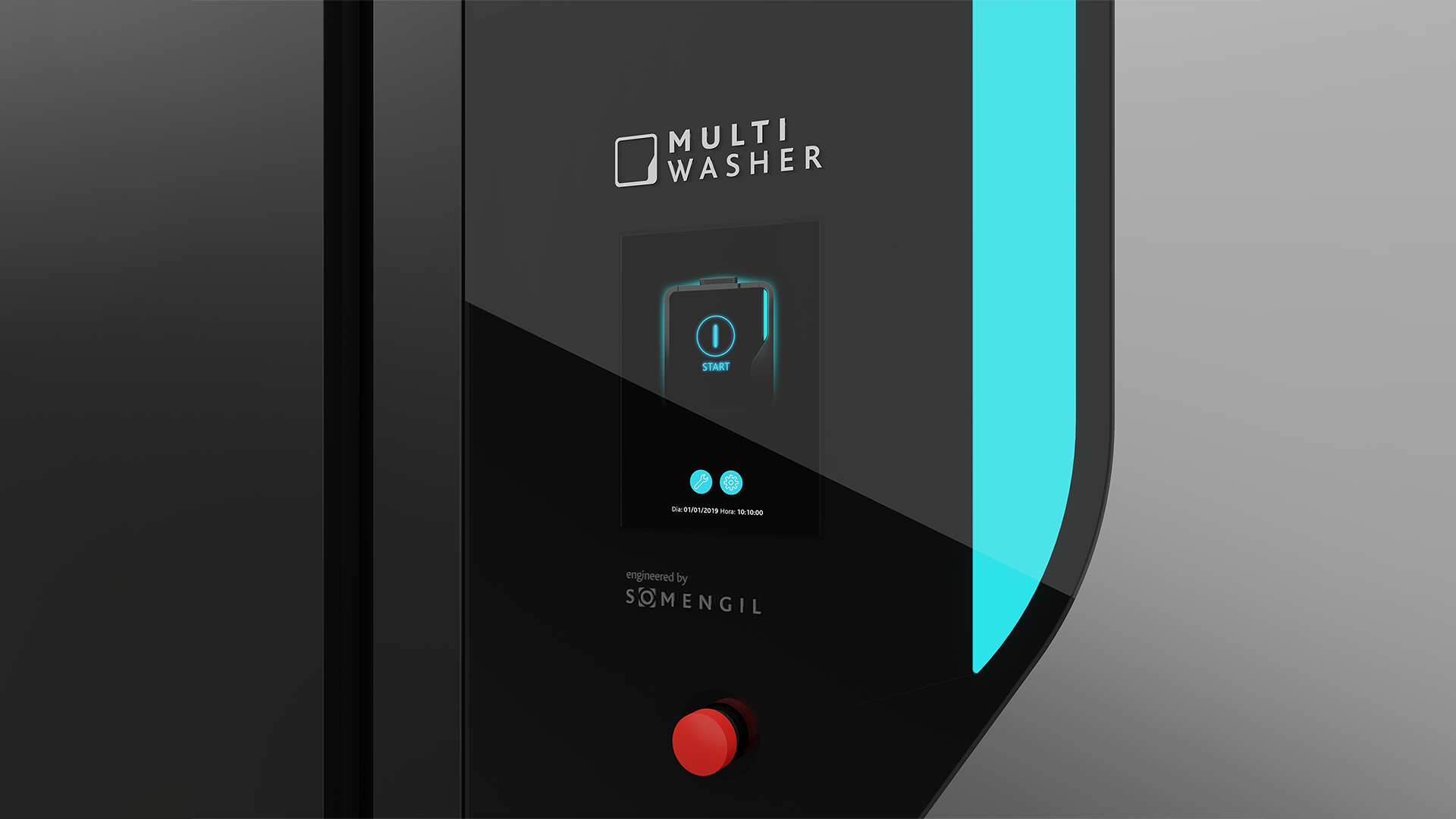
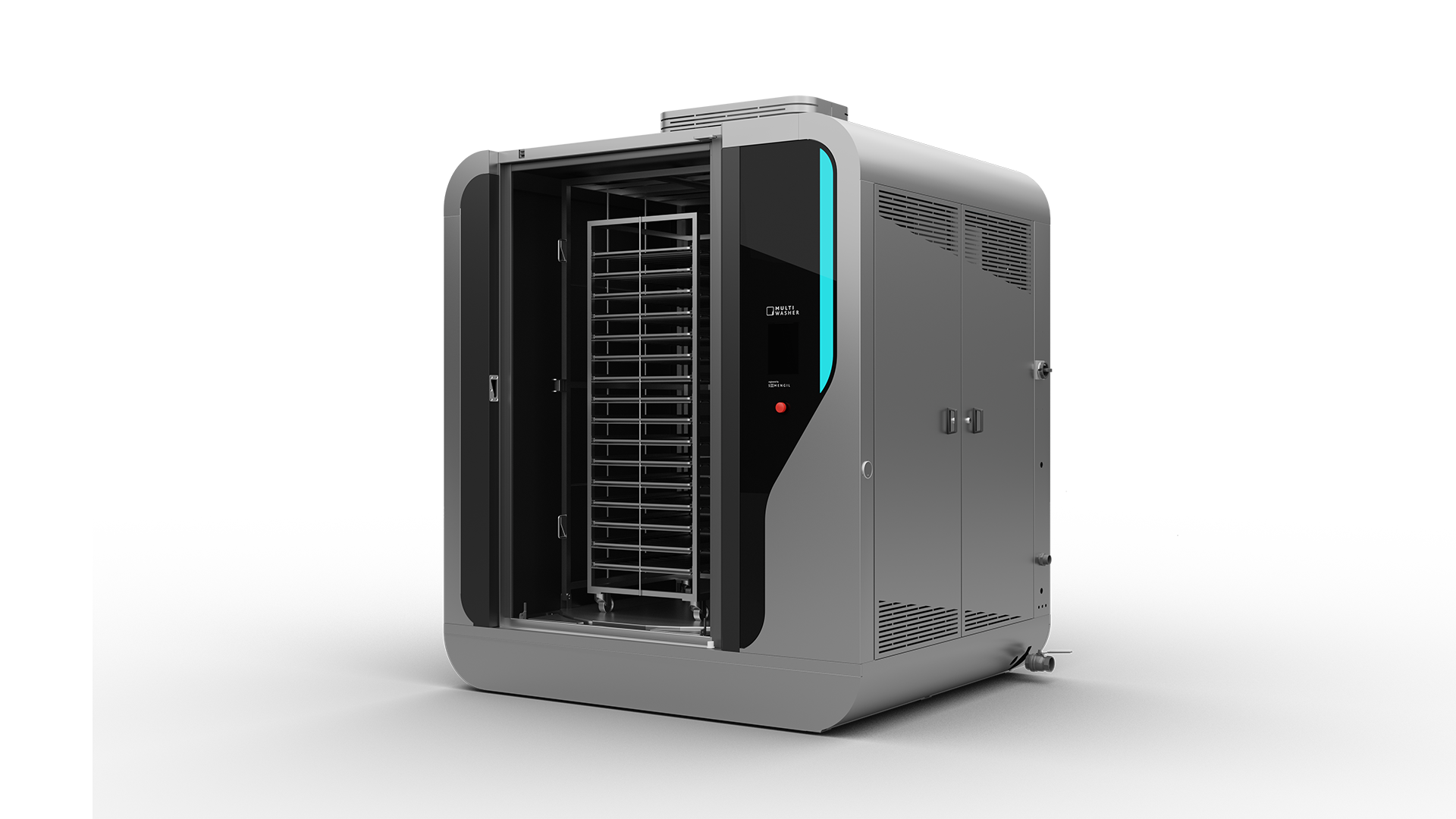
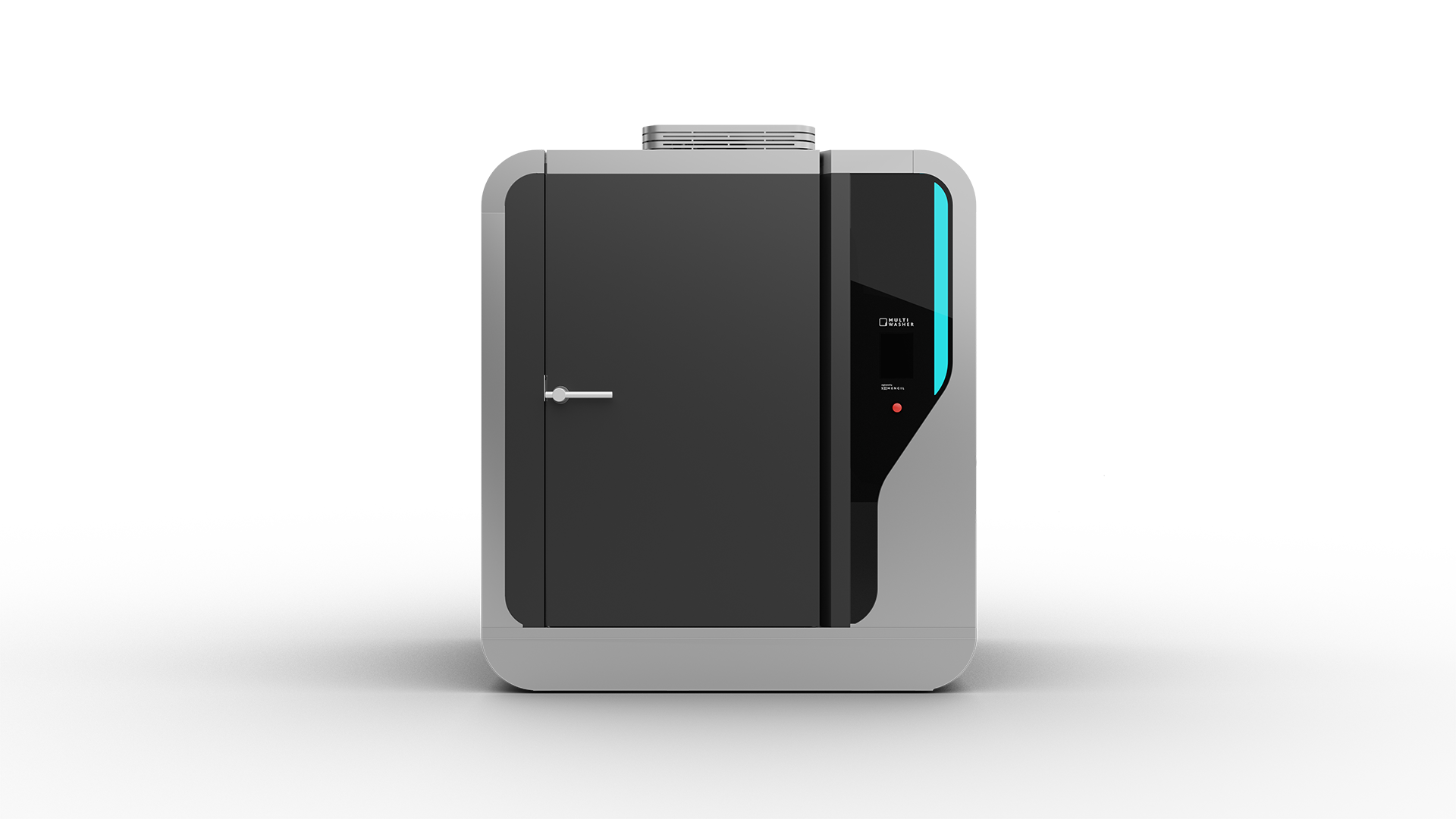


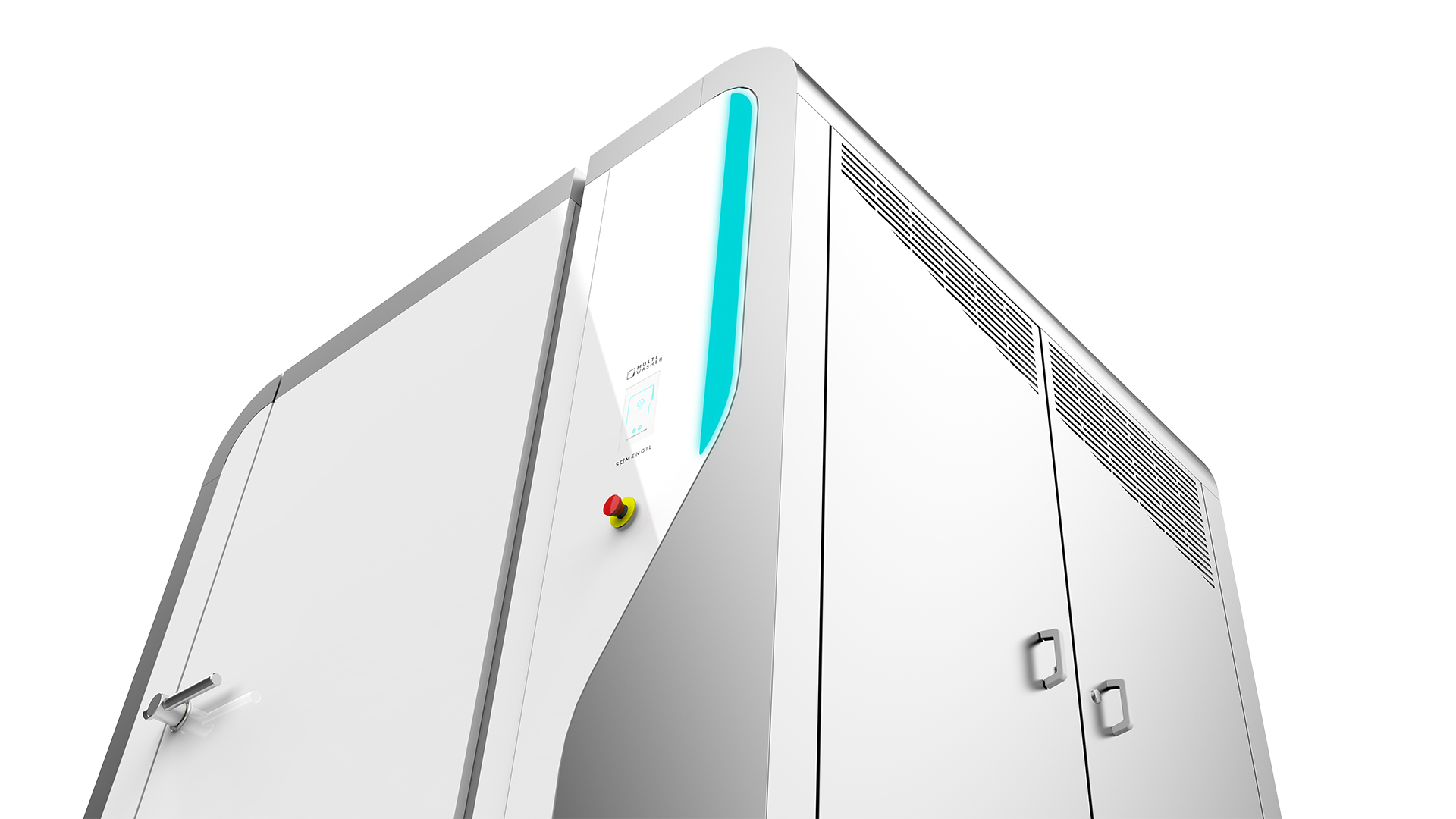
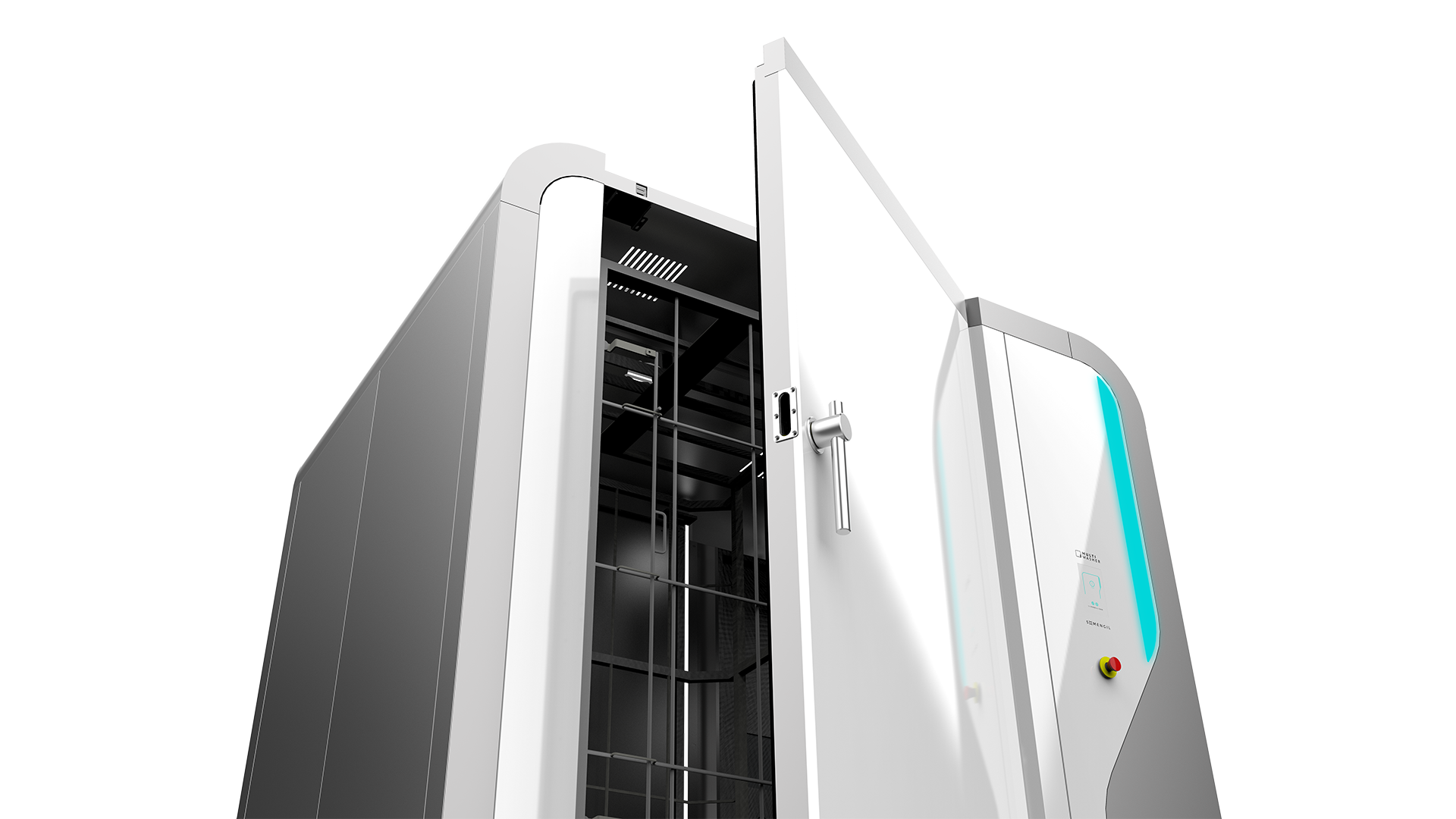
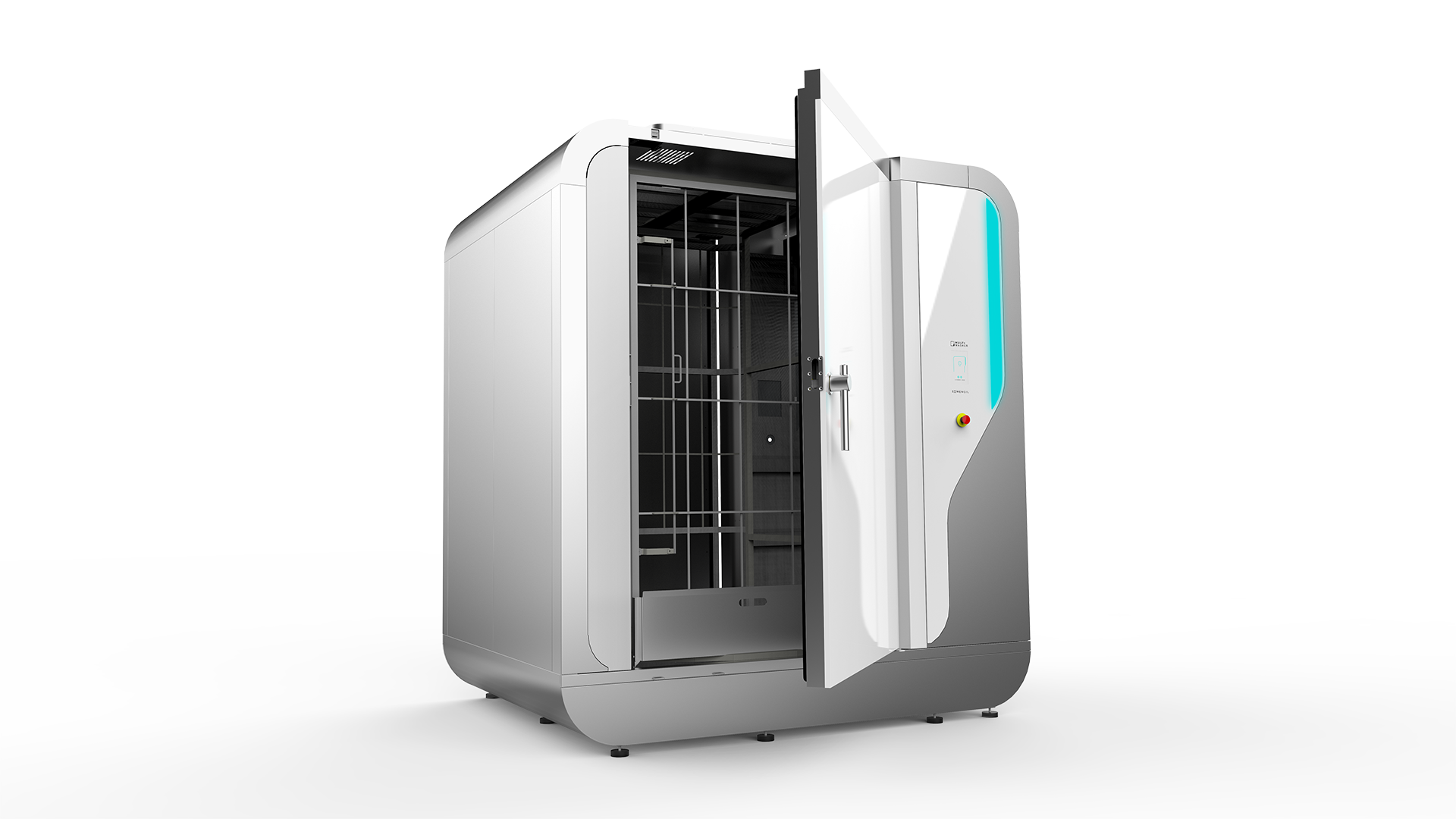
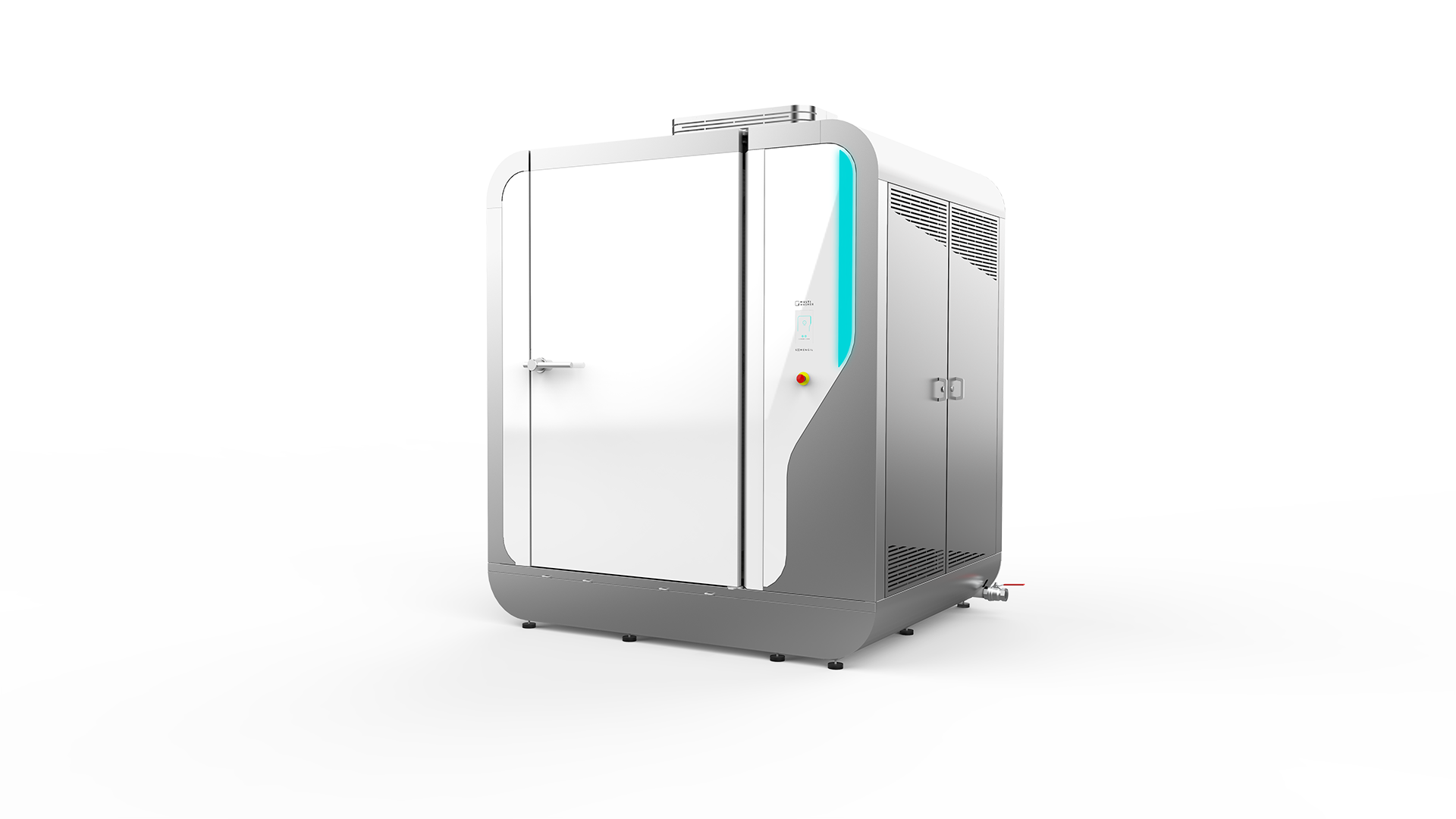
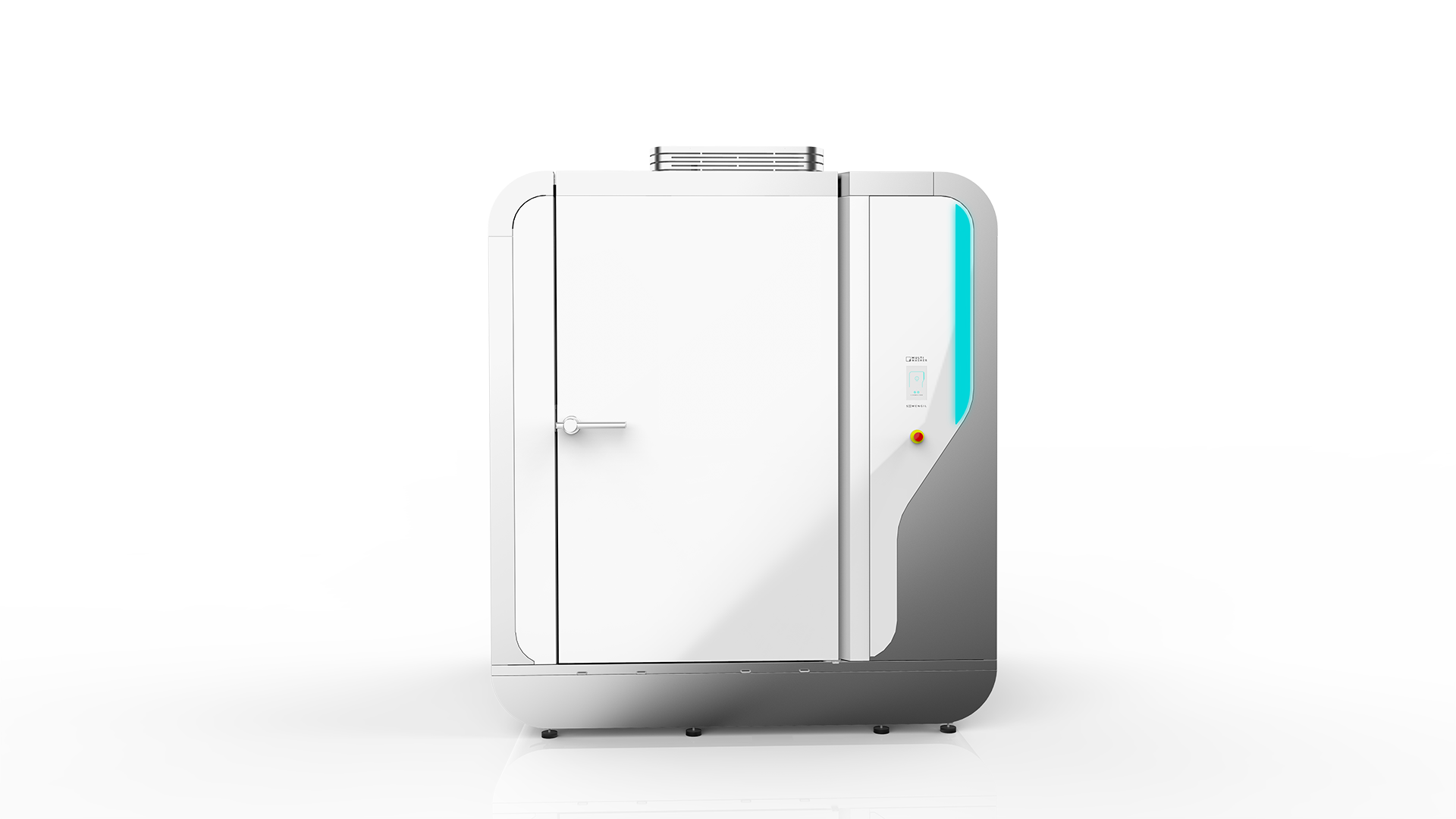
 Portugal
Portugal United Kingdom
United Kingdom United States
United States France
France Spain
Spain Germany
Germany Romania
Romania Italy
Italy Czech Republic
Czech Republic Finland
Finland Hungary
Hungary Slovakia
Slovakia Greece
Greece Lithuania
Lithuania South Korea
South Korea Russia
Russia Saudi Arabia
Saudi Arabia Poland
Poland Brasil
Brasil Hebrew
Hebrew